Training Your Dog to Master Long-Distance Retrieves
Posted by Lucky Duck Team on Jul 14th 2025
For serious waterfowl hunters, working with a well-trained retriever is an incredible hunting experience. While short retrieves are fundamental, training your dog to handle long-distance retrieves is what separates a good retriever from a great one. A dog that confidently retrieves at 200 yards or beyond can make all the difference between a miserable hunt and one that is an absolute blast.
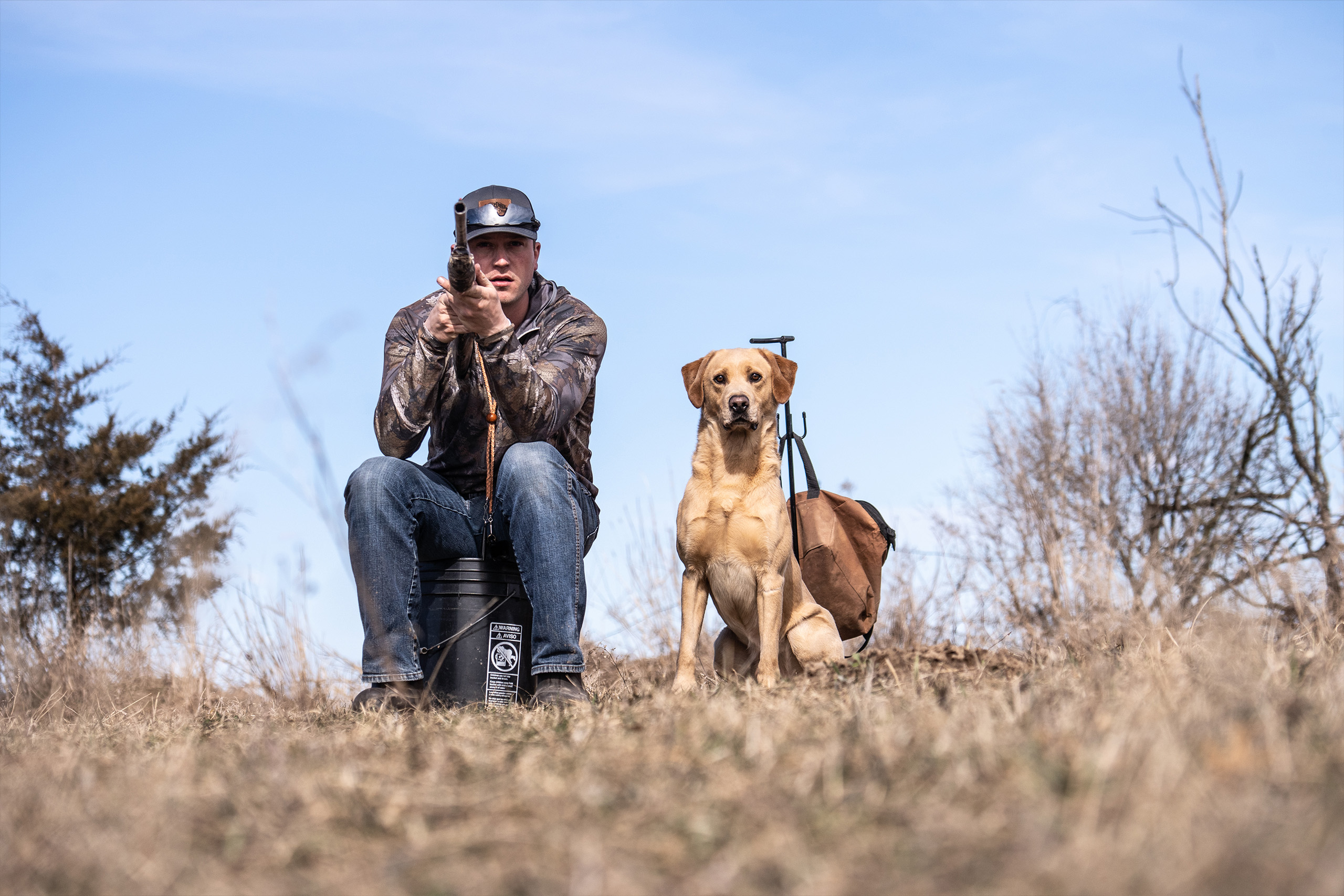
Drawing from expert trainers, real hunting experiences, and practical drills, this guide will take your retriever training to the next level.
Building Confidence in Long Retrieves
One of the biggest barriers in long-distance retrieves is your dog’s confidence. Many retrievers get accustomed to short retrieves, making them hesitant to push beyond 40 or 50 yards. It’s important to break down that mental barrier.
The Throw Drill
Try using this drill to incrementally stretch your dog's retrieving distance:
- Start at 50 yards – Have a training partner (or a remote bumper launcher) throw a mark at about 50 yards in clear view of the dog.
- Increase distance gradually – Each session, increase the distance by about 10-20 yards until your retriever is confidently picking up birds at 150+ yards.
- Train beyond real-world expectations – If you anticipate needing your dog to retrieve birds at 125 yards in the field, train them at 150 - 200. A dog comfortable at extreme distances will make typical retrieves look easy.
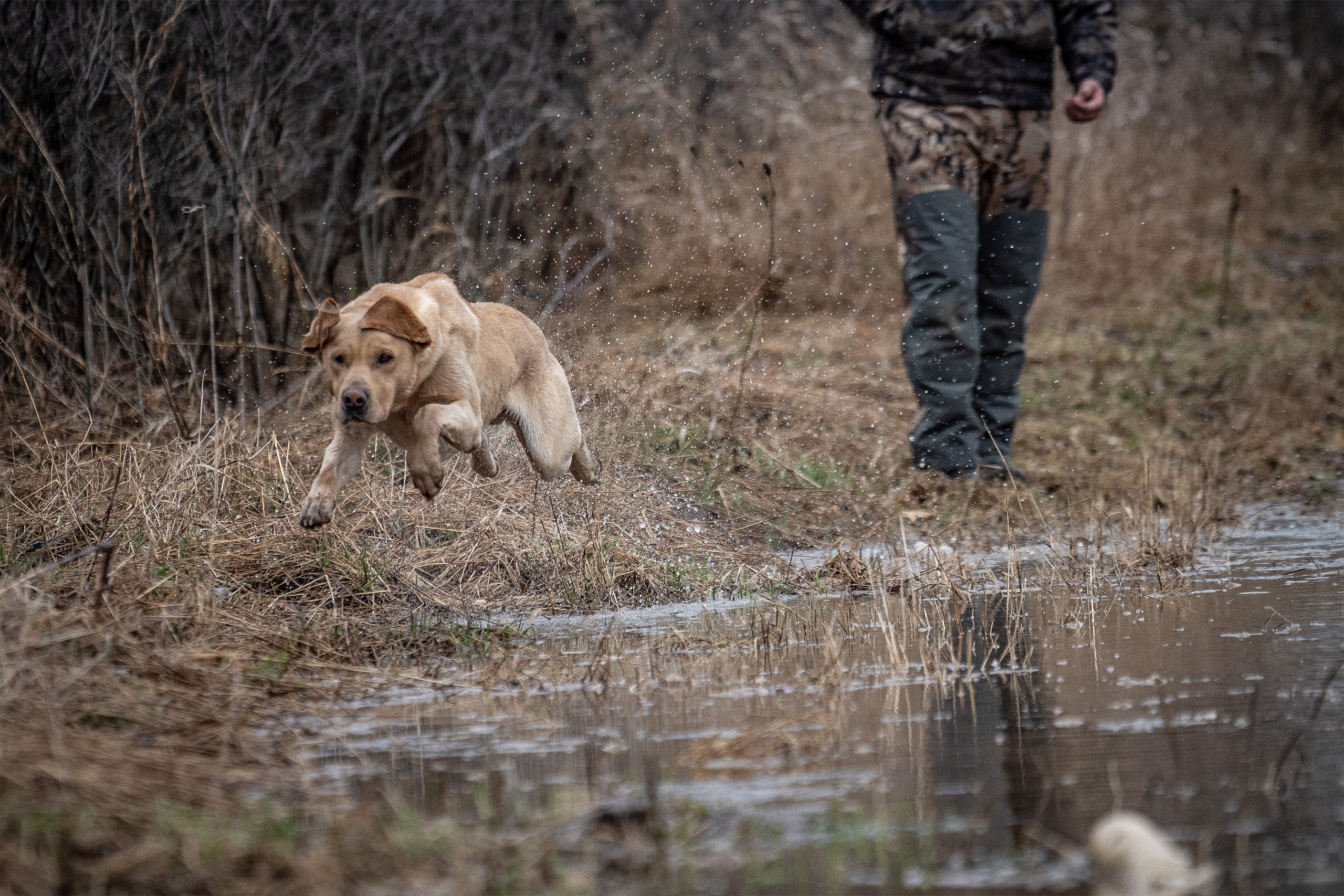
Training Alone? No Problem.
If you don’t have a training partner, you can simulate this drill:
- Place your dog in a sit/stay in his kennel or blind.
- Walk out with the bumper and toss it at your target distance.
- Return to your dog and send them for the retrieve.
- Gradually increase the distance over multiple sessions.
The key is consistency and methodically increasing the distance until your dog is competent and comfortable at ranges beyond what you expect to encounter in the field—if your dog regularly sees longer retrieves in training, they’ll naturally be more confident in the field.
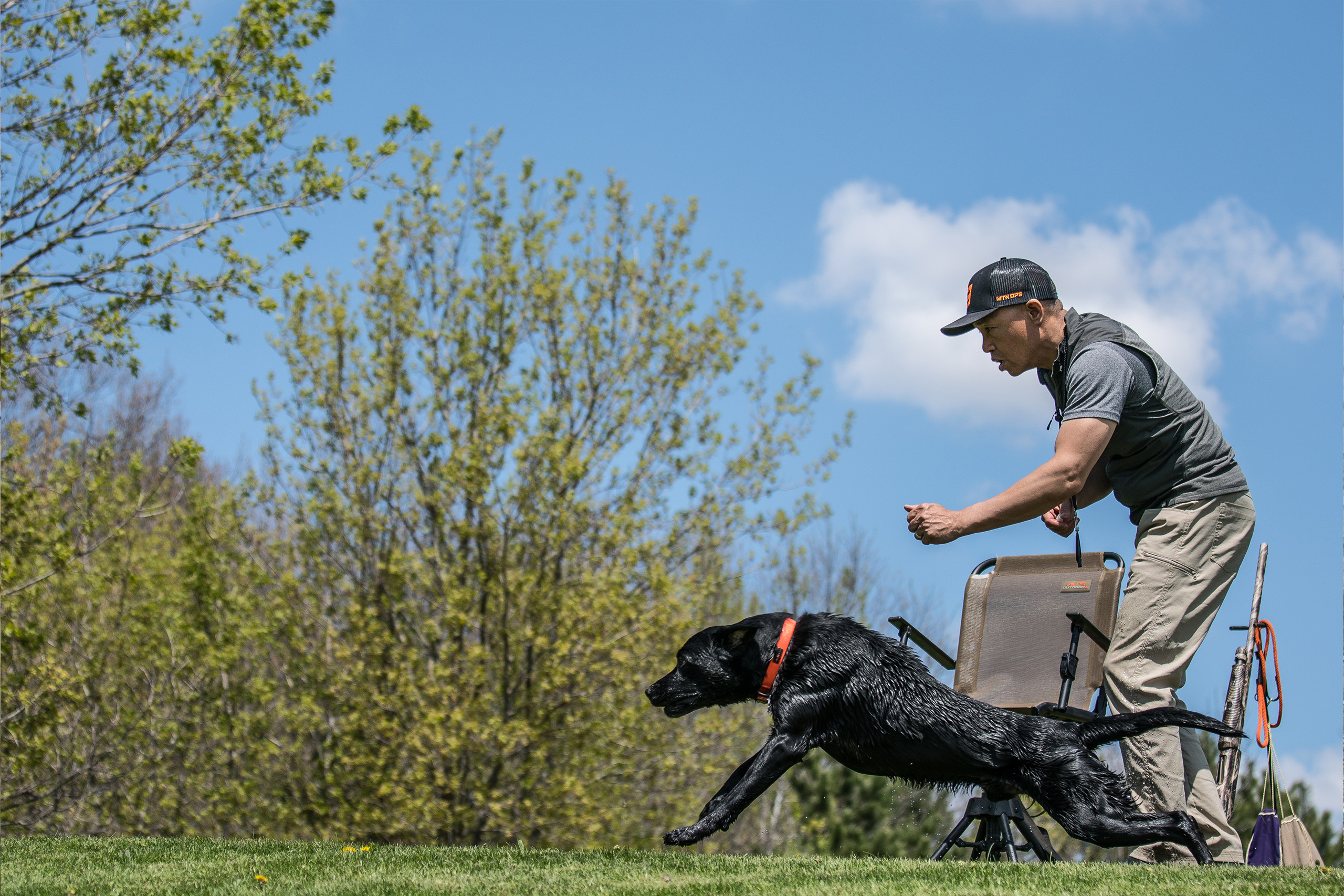
Teaching Straight-Line Retrieves
A common issue when stretching distance is that dogs tend to veer off course. During your dog's training, stress the importance of running a straight line to the target and preventing inefficient wandering. Another bonus is that this makes handling easier.
How to Reinforce Straight-Line Retrieves
- Use the Walk-Back Method: Walk your dog to the retrieve location, let them mark the spot, then walk back along the same line before having your partner throw the bird or bumper and sending your pup.
- Guide Over Obstacles: If your retriever hesitates at a fence, water crossing, or thick cover, walk them over the obstacle until they’re confident pushing through.
- Incorporate Pattern Blinds: Train your dog to retrieve to specific, known locations without a visible mark, reinforcing their ability to trust your commands even when they can’t see the target to start with.
Dogs will naturally be more willing to follow the same route if you take it first.
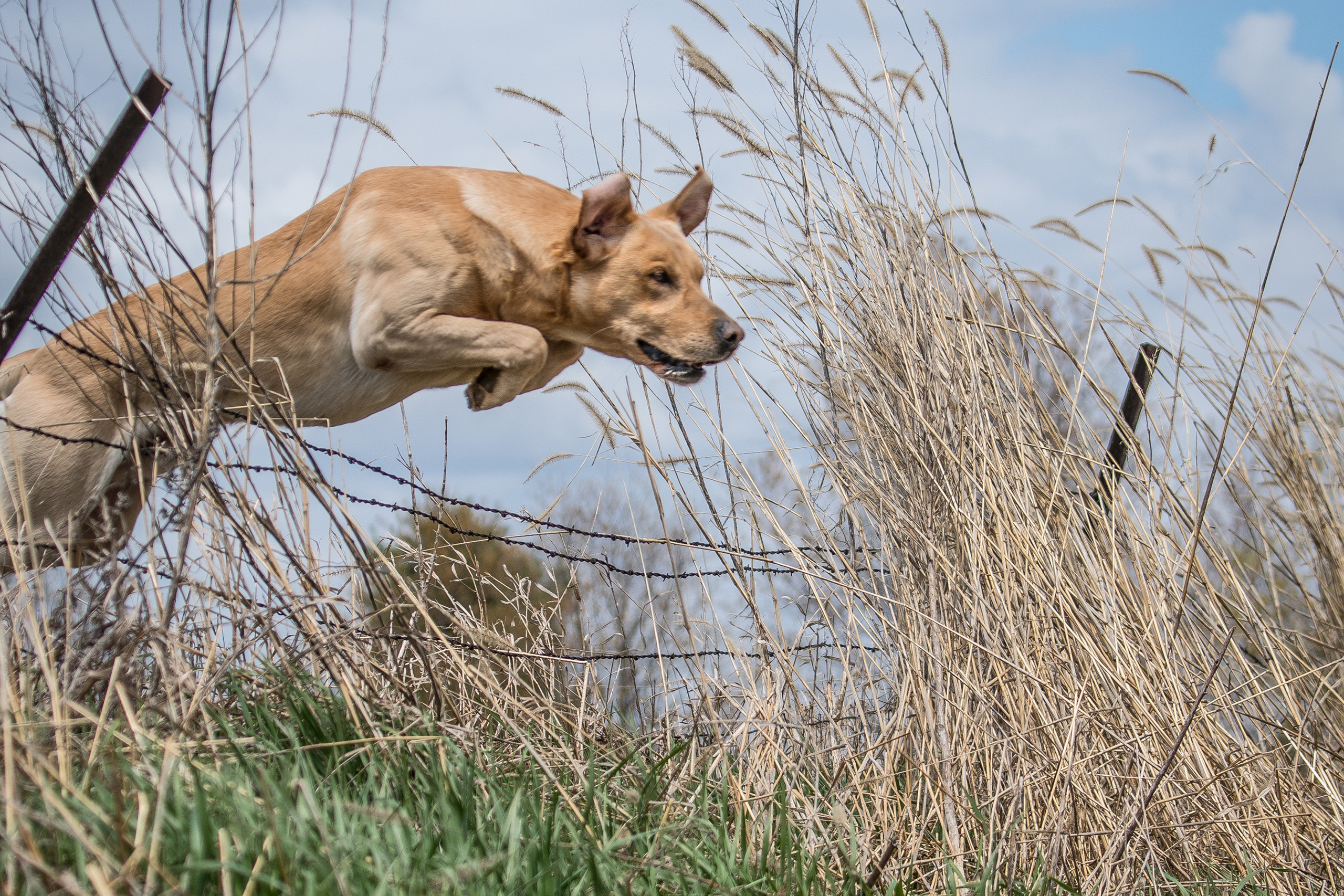
Dealing with Challenging Conditions
Hunting scenarios can be unpredictable—thick reeds, deep water, and marsh mud can all complicate a retrieve. Dogs accustomed to easy retrieves on dry ground may struggle when retrieving in real-world conditions.
Training for Terrain Challenges
- Introduce water gradually – If your dog hesitates to enter deep water, start with shallow retrieves and gradually move to more difficult conditions. Introducing swimming and playing in the water outside of training can also be beneficial in making them more comfortable and confident. It's also a great exercise.
- Work in the mud – If you hunt marshes, train your dog in similar environments to build strength and confidence.
- Use scented dummies – Adding scent to training bumpers helps simulate real birds in dense cover.
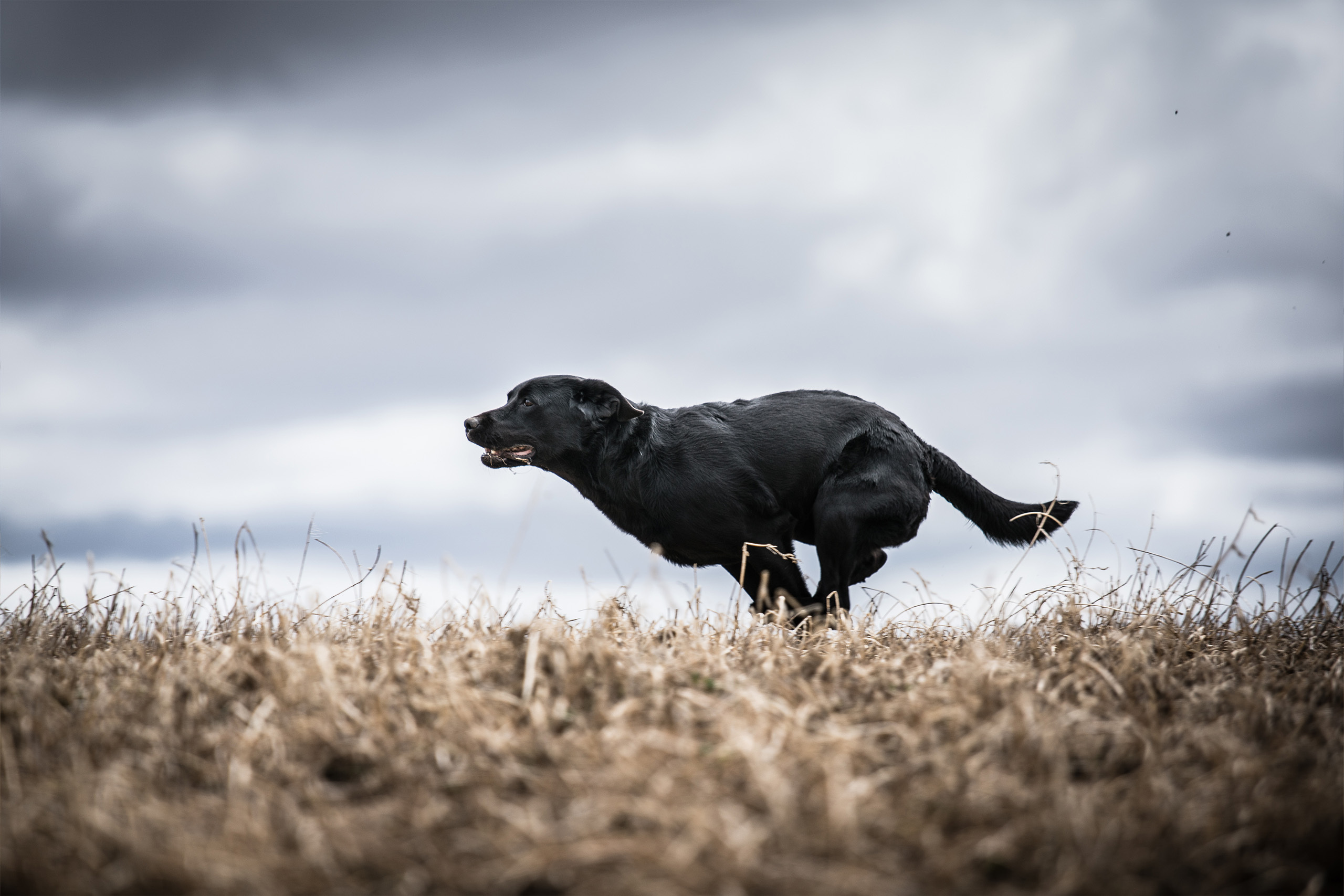
Mixing It Up for a Well-Rounded Retriever
Don't let a focus on training for long retrieves leave your dog unaccustomed to easier retrieves. It's possible that in training only long retrieves, you may lead your dog to expect extreme distances every time.
To prevent this, mix up your training as needed to keep your dog flexible with both long and short retrieves:
- Vary retrieve distances: Incorporate 40-yard, 90-yard, and 200-yard retrieves in the same session.
- Use different terrains: Train in water, fields, woods, and marshes to ensure adaptability.
- Include multiple marks and blinds: Real hunting scenarios often involve multiple fallen birds—train for it!
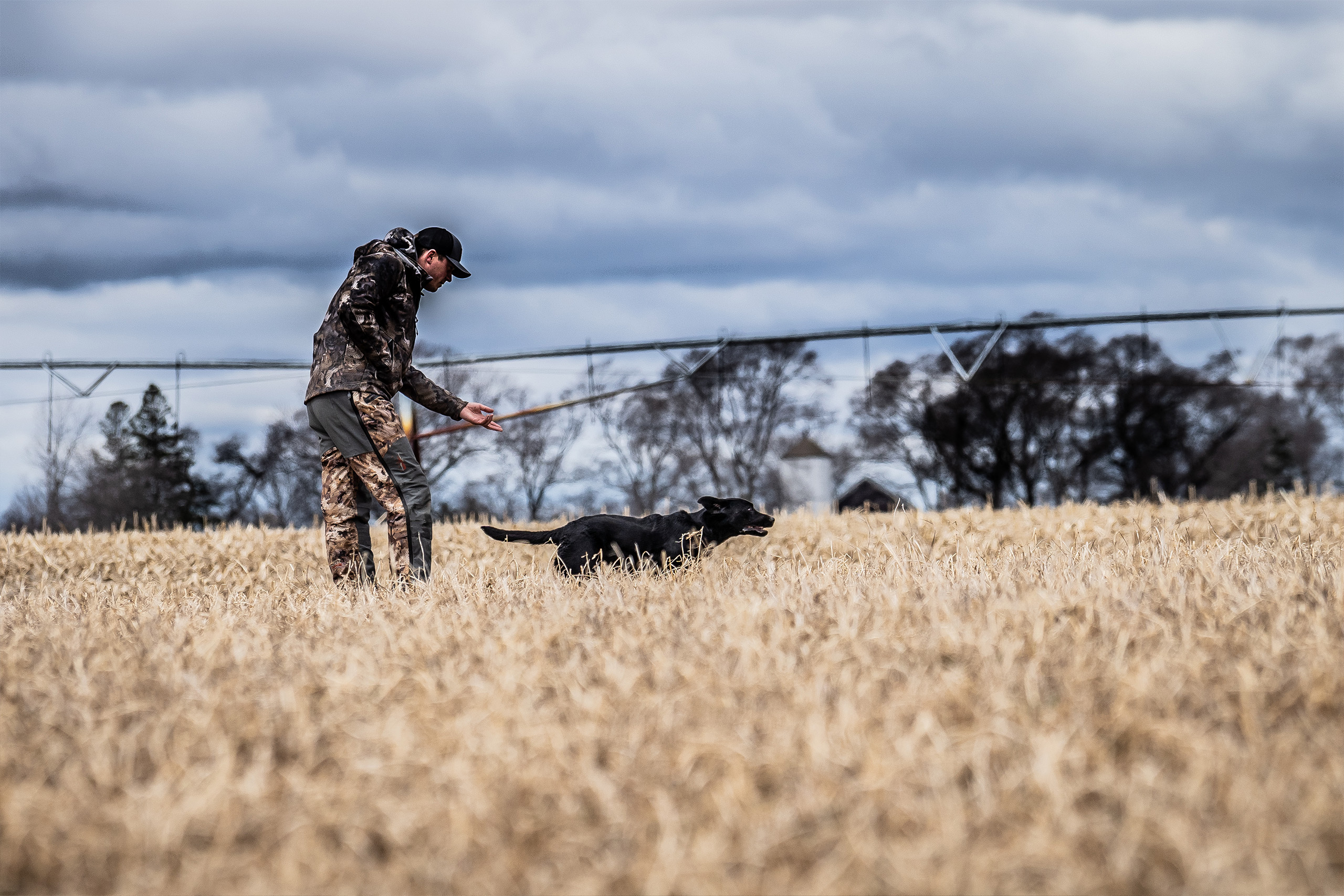
Knowing When to Call It Off
There will be times when a retrieve is too far, the water too rough, or the current is too strong. At some point, you simply have to break out the four-wheeler, the boat, or simply hoof it yourself. Some birds just end up too far even for a well-trained dog.
Keep Your Dog Safe and Comfortable on the Hunt
Whether you're training or hunting, a good kennel is important for keeping your dog safe and comfortable. The Lucky Duck Kennel is built with reinforced walls, secure latches, and optimal ventilation to provide your dog with a safe space. From the car to the blind, it’s a great place for your champion to rest between retrieves.
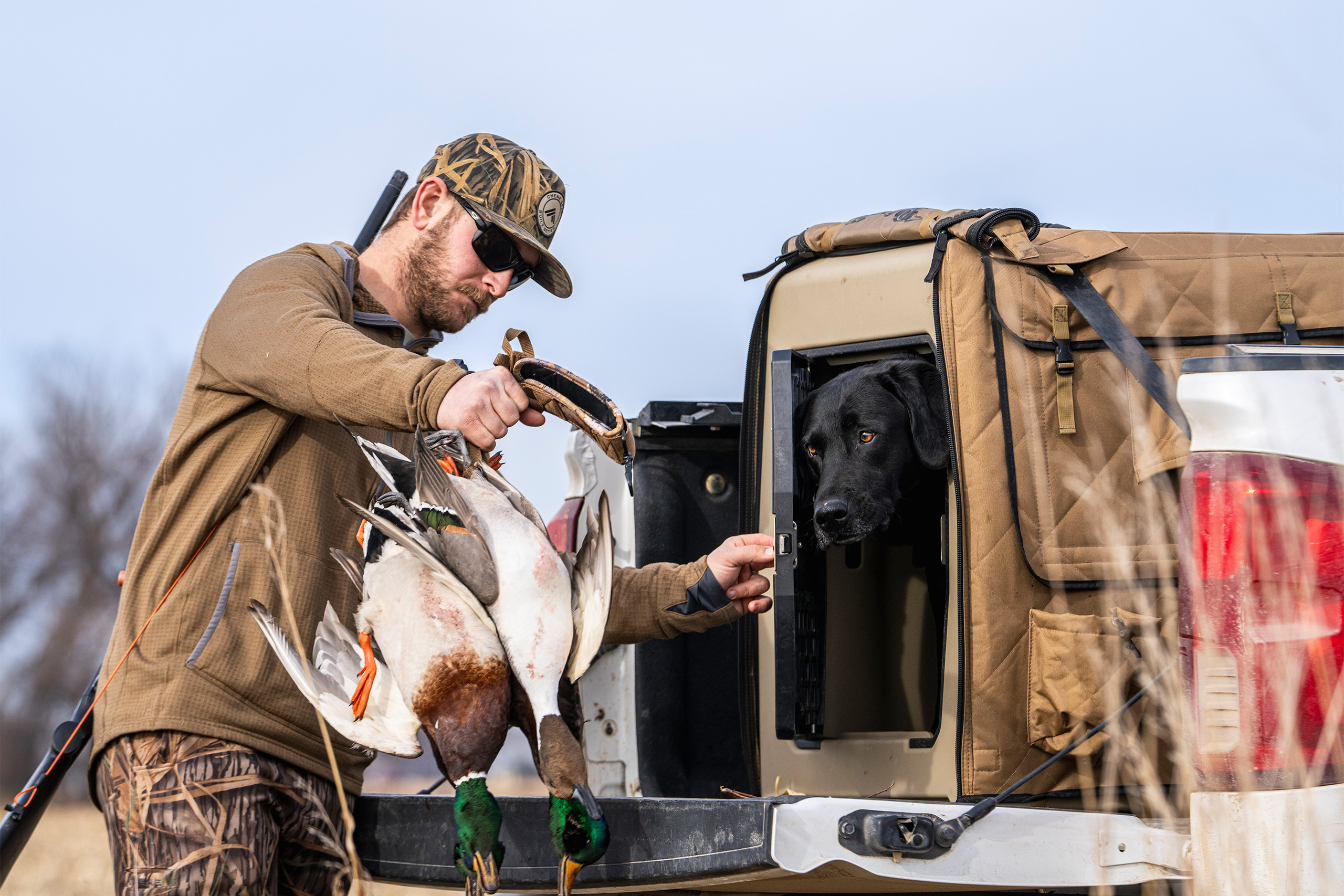
Final Thoughts
Training your retriever for long-distance retrieves requires patience, consistency, and a structured approach. By gradually increasing distances, reinforcing straight-line runs, preparing for challenging terrain, and teaching blind retrieves, you can develop a dog that performs at a high level in the field.
The best retrievers aren’t just naturally talented—they’re the result of thoughtful training and preparation. With the right approach, your dog can confidently retrieve birds at 200 yards and beyond, making every hunt more efficient and enjoyable.
Now get out there, train smart, and watch your retriever turn into a long-distance champion, and prepare your pup with an excellent, USA-made kennel and prep yourself with high-quality decoys.
